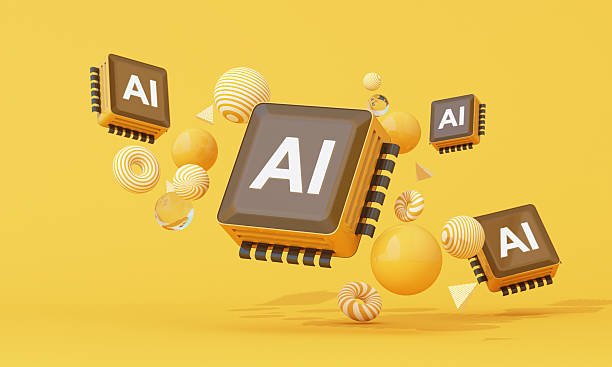Have humans task: With a knowledge cutoff date of 2024-06: Constructed response should contain the past information, in the limit of 1000 characters If you are familiar with Blender then this AI image to 3D converter look really good to me, on top of that it is free and open source one. This emerging tech makes it possible for creatives to convert basic 2D images into complex 3D models with little work required.
Whether you’re a digital artist designing characters, a game developer creating assets, or an architect conceptualizing ideas, these applications could save a tremendous amount of time and open up new avenues of creative expression. The emergence of the AI image to 3D converter is a giant leap in how digital creation takes place, transforming complicated modelling into a friendly smart activity.
Transforming Workflows for Artists and Designers
Traditional 3D modeling is an intricate and time-consuming craft that requires years of experience with complex software. Artists had to build objects manually, define textures, and sculpt fine details—all steps that demanded both technical and artistic precision. With the AI image to 3D converter, this process becomes dramatically simpler.
By applying AI to inferring shapes, lighting and depth from a single image, this software can produce 3D meshes and textures automatically with high accuracy. This automation enables creators to get back into visual storytelling without the hassle of endless technical grounding. The AI image to 3D converter helps save a lot of time and effort so that a project that once took several days can now be finished in a portion of the time.
For instance, a concept artist could bring a quick sketch or photograph to life as an instantly rotatable, editable 3D model. This fast turnaround not only speeds up creativity but also allows for closer collaboration between artists and developers on the same project.
Empowering Game Designers and Developers
In the era of time crunch within the video game industry, the AI image to 3D converter is making a huge impact. Game developers need hundreds or thousands of 3D assets, be they characters, props or landscapes, just to fill out a single world. This traditionally required massive production teams, and long, long production cycles.
With AI solutions, designers can instead produce base models from the concept art or reference images. The AI image to 3D converter transforms these images into 3D models which can be used directly or can be further modified. This avoids the need to create assets from scratch and enable creative teams to iterate more quickly in the design process.
Furthermore, 3D objects generated by AI are usually performance-ready, which means a game engine can load them with only minor processing. This processing efficiency enables studios to both save time and cut costs without sacrificing artistic quality.
Enhancing Creativity Through Accessibility
Also, the convenience of AI image to 3d converter is one of the great advantages. In the past, you had to know how to use software such as Blender, Maya or ZBrush to create 3D models. They can be daunting to those just starting out and expensive for small teams. Tools powered by AI make the process intuitive and automated, transforming that entire dynamic.
Now, everyone with a creative vision and an image can create a workable 3D model. The AI image to 3d converter lowers the barriers of entry and allows indie artists, students, and small teams to make their dreams a reality without the need of financial resources. This kind of democratization of technology means that potentially many more voices and styles can emerge in digital art and gaming, and that has to make the overall creative landscape richer.
Eliminating the technical burdens, the AI image to 3D converter frees storytellers, designers and innovators to focus their energies on telling engaging stories, creating beautiful designs, and pushing the boundaries of what’s possible. It converts 3D modeling from a strictly technical skill and turns it into an expressive art form that people of all skill levels can enjoy.
Improving Realism and Quality in 3D Art
Although ease of use and speed are major benefits, the AI image to 3D converter also enhances quality and realism of virtual models. Sophisticated machine learning algorithms can use the lighting, texture patterns and depth information in an image to generate surfaces that are locally detailed compared to those examined in natural materials.
Such AI-generated models can capture even shadows, highlights and material reflections which would otherwise need to be manually sculpted. Consequently the end product seems more organic and visually appealing. Game designers and 3D artists can then take these and tweak them, giving them really solid starting points for customization. This realism attained with the AI image to 3D converter upscales digital art by enabling creators to deliver immersive environments and realistic characters with less work.
The Future of AI-Driven 3D Creation
With the development of AI, the AI picture to 3D converter is more accuracy, more functions and easier to use. Later versions might integrate real-time rendering, physics simulation and texture prediction to produce even more compelling and interactive results.
Soon, creators could speak a description or drop in a short video, and an AI would spit out fully-formed 3D scenes for you to jump into. The continual development of the AI image to 3D converter, ensures the distinction between concept and creation is becoming ever more blurred, enabling creativity to turn from thought to virtual reality faster than ever before.

